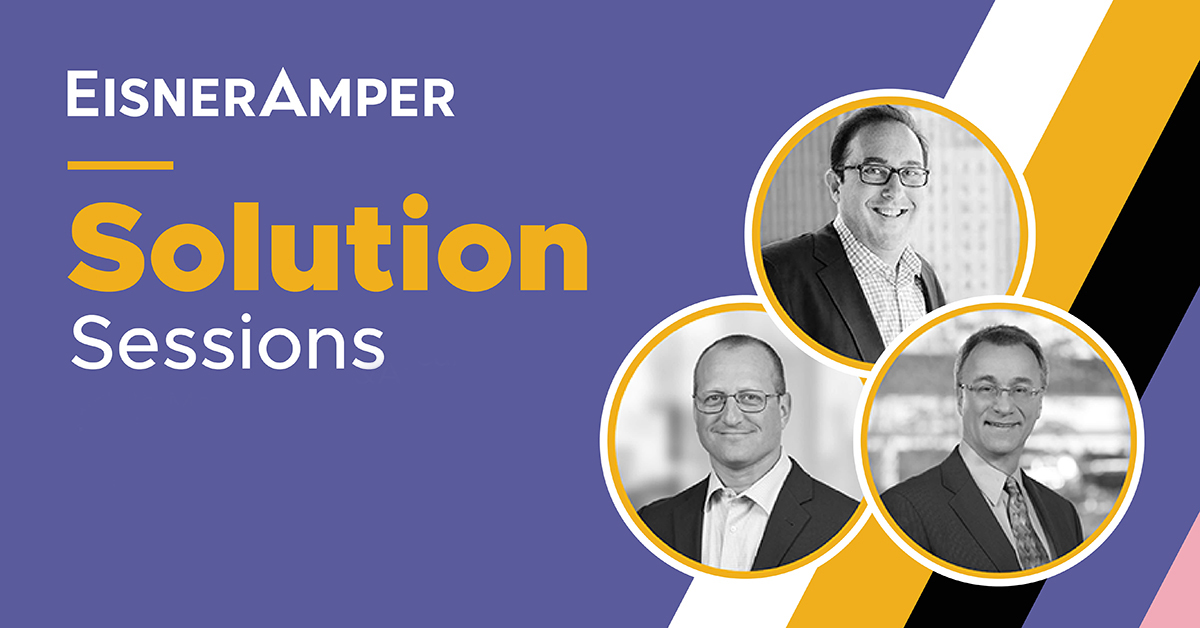Blogging from Heckerling -- The New Estate Plan, Selective Gifts, Income and Net Investment Income Tax (“NIIT”) Reduction
- Published
- Jan 21, 2014
- Share
The good old days resulted in recommendations of gifting or transferring of assets to trusts for the benefit of the younger generation. The new planning requires restraint and a rethinking of the prior advice. You ask why this has come about.
As part of the 2010 Health Care legislation, there were two surtaxes enacted on the income of trusts, estates, and affluent individuals, commencing in the year 2013. The first surtax is a 0.9% surtax on individuals who have compensation income of over $200,000 ($250,000 on married joint returns). The second surtax is a 3.8% surtax imposed on the net investment income (“NII”) of certain trusts, estates and affluent individuals (those with income over $200,000; $250,000 on married joint returns). These thresholds are not indexed for inflation. Final regulations that interpreted the law were published on December 2, 2013 and the form to file has 19 pages of instructions.
Our higher net income individuals who are subject to the 3.8% NIIT are beginning to ask us how they can reduce the surtax. There are basically two ways to reduce the surtax: (1) get adjusted gross income (“AGI”) below the threshold amount, and/or (2) reduce the amount of NII while still maintaining the same lifestyle to which one is accustomed.
There are basically two ways to reduce the amount of net investment income. The first is to convert NII into income that is not NII. If you can control your income it may be worthwhile to generate income that substantially exceeds the thresholds and then keep your income lower in the subsequent year. Also income is exempt from taxation under general tax rules; it is also exempt from the 3.8% NIIT. So a review of a client’s portfolio is prudent.
The second method is where an individual makes gifts to family or to charities, shifting the NII to family members and charities who do not incur the 3.8% surtax. You can also shift the NII to charities by donating appreciated stock and real estate to the charity.
Consideration of the following techniques are appropriate for converting NII income such as interest, dividends and capital gains from traditional investment accounts into qualified retirement plans (contributions to nondeductible IRAs, larger contributions to qualified plans and making Roth IRA conversions). The reasons these techniques need to be considered are that the later distributions from retirement plans are not includible in NII. Additionally, there is the ability to make up the deficiency in cash flow by increasing the distributions from a Roth IRA which are not subject to income tax or the NII.
One way that wealthy individuals can reduce their modified AGI for the charitable gifts that they make is to shift their net investment income to charities and to charitable vehicles rather than simply claim a charitable income tax deduction for gifts that were made from their income. The three vehicles that stand out to accomplish this are donor advised funds, private foundations and charitable lead trusts.
NII can be shifted to family members who are in lower income tax brackets by making gifts of assets that generate NII (interest, dividends and capital gains) to these family members or to trusts that will distribute all such income. The trusts hit their highest income tax bracket for 2013 at $11,950; in the year 2014, that amount is just $12,150.
For 2013, there is time to make distributions from a trust under the 65-day rule. A distribution made within 65 days of the end of the prior tax-year-end can be elected to be treated as a distribution on the last day of the trust’s tax-year-end.
What's on Your Mind?
Start a conversation with Jack












